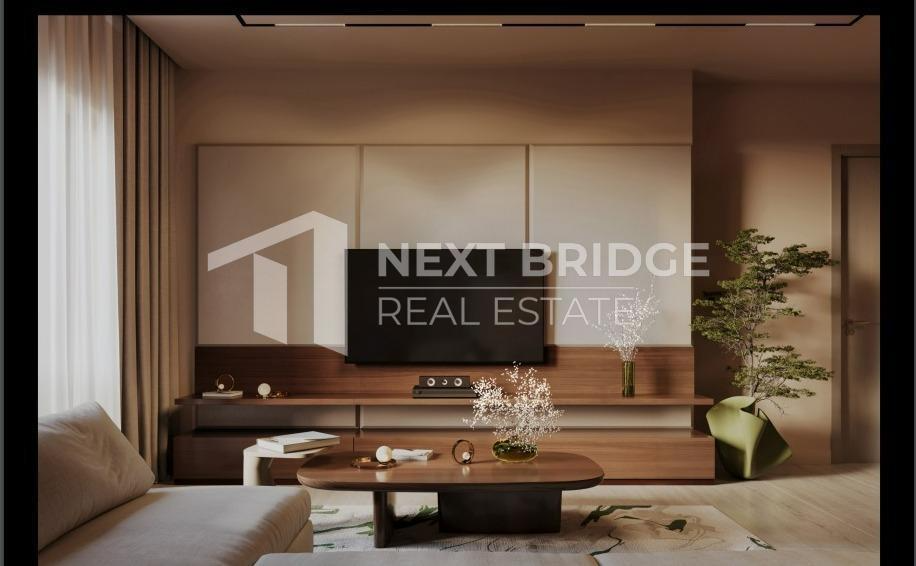Home elevators provide a safe and efficient way for people with mobility issues or elderly individuals to access different levels of their homes. However, many homeowners may be hesitant about installing an elevator due to the perceived cost. The good news is that home elevators are becoming more affordable and accessible, making them a viable option for many homeowners.
In this article, we will discuss the factors that affect the cost of a home elevator UAE and help you determine if it is a worthwhile investment for your home.
Factors affecting the cost:
Type of elevator:
Different types of home elevators come at varying price points. Hydraulic elevators are known for their smooth operation but require a machine room, increasing installation costs. Traction elevators are more energy-efficient but can be more expensive due to their advanced design. Pneumatic and shaftless models are compact and generally cost less in terms of structural modifications.
Installation and construction work:
The complexity of installation plays a big role in the final price. If major structural changes are required, such as building a shaft or reinforcing floors, the cost will be higher. Homes with pre-designed elevator spaces may have lower installation expenses compared to retrofitting an elevator into an existing structure.
Customization and design features:
Homeowners who want a stylish elevator with premium materials, glass doors, or customized lighting should expect additional costs. Basic models are more affordable, but adding luxury finishes, smart controls, and automation features increases the price.
Safety and accessibility features:
Advanced safety features such as emergency brakes, battery backups, and intercom systems contribute to the cost. Elevators designed for wheelchair access, with wider doors and lower control panels, may also have a higher price tag but offer long-term benefits.
Ongoing expenses to consider:
Maintenance and servicing:
Regular maintenance is necessary to keep the elevator running smoothly. Costs vary based on the model, usage frequency, and service provider. Hydraulic elevators, for example, require more frequent servicing than machine room-less models.
Energy consumption:
Electricity costs depend on the type of elevator chosen. Energy-efficient traction and machine room-less models consume less power, making them more cost-effective in the long run.

